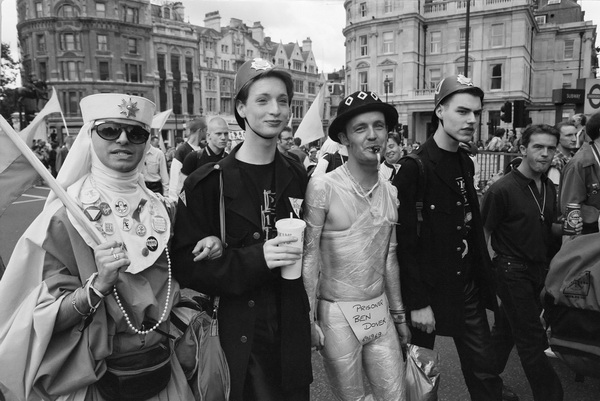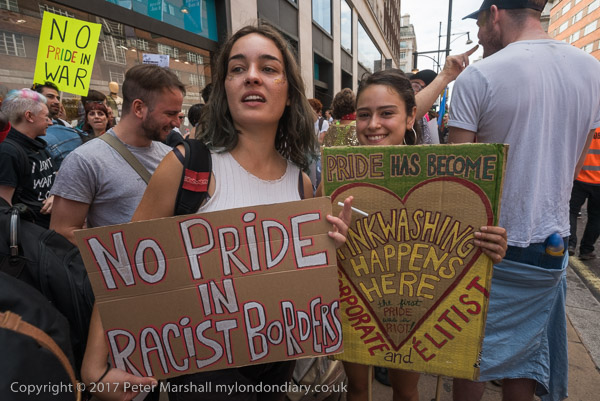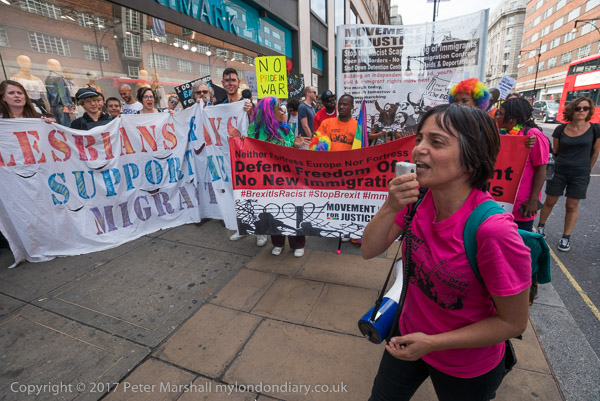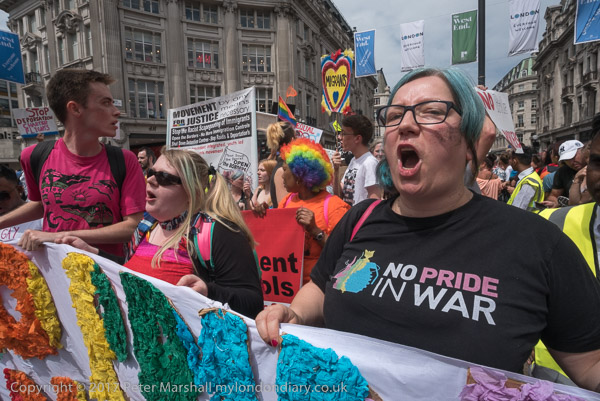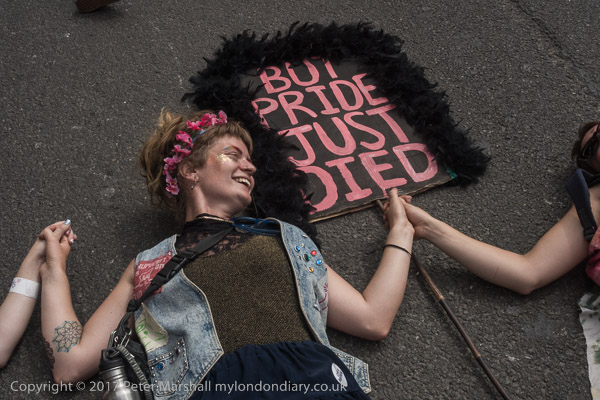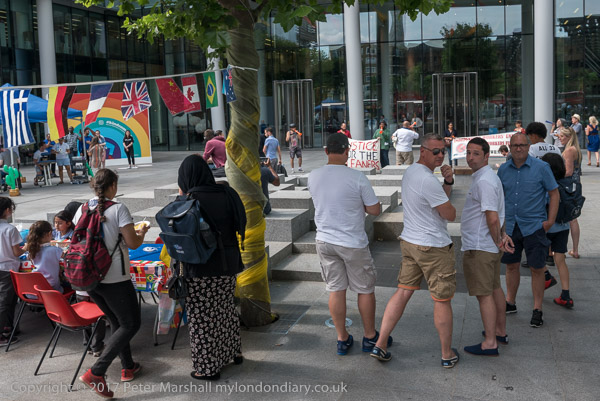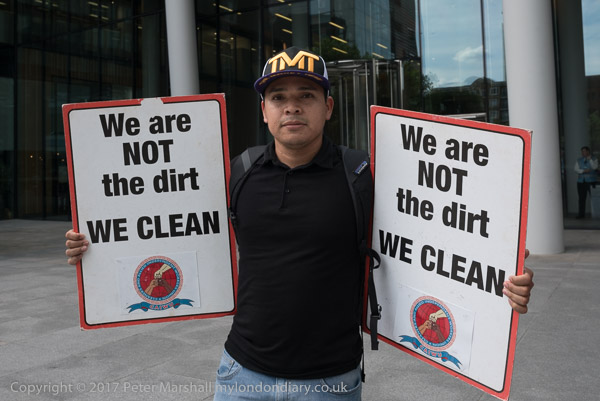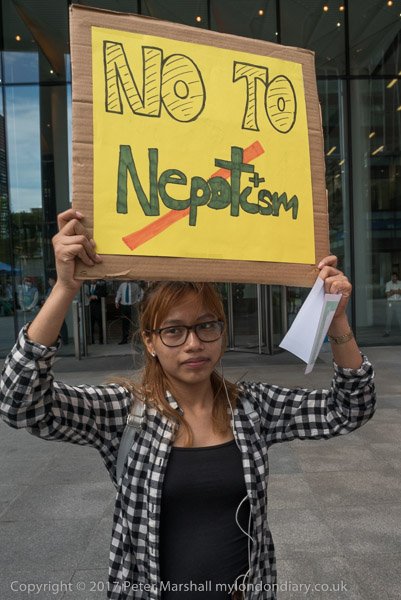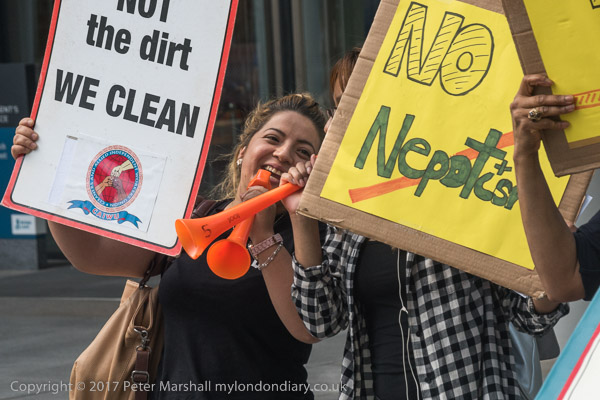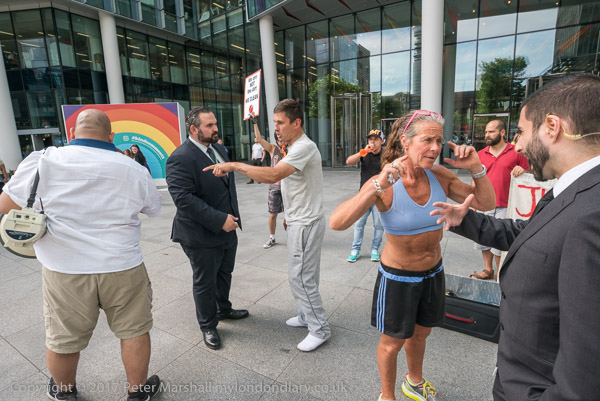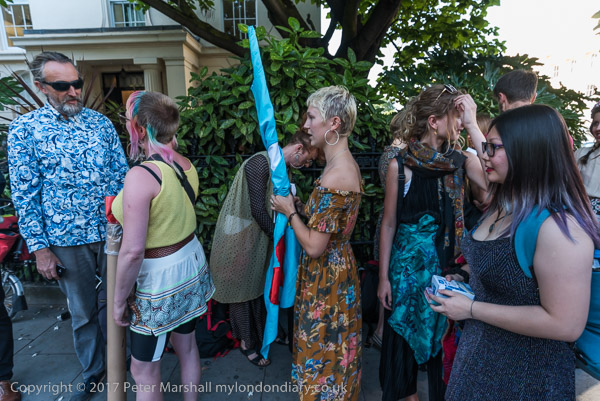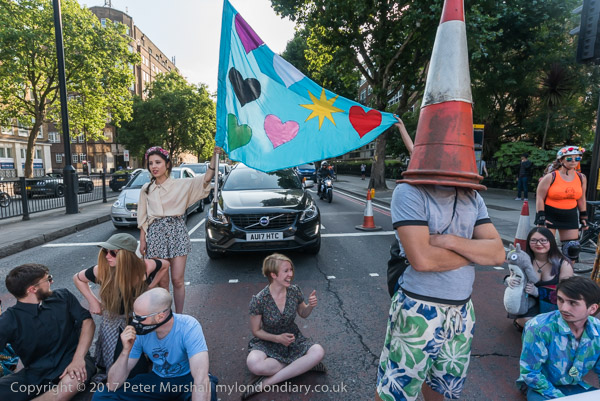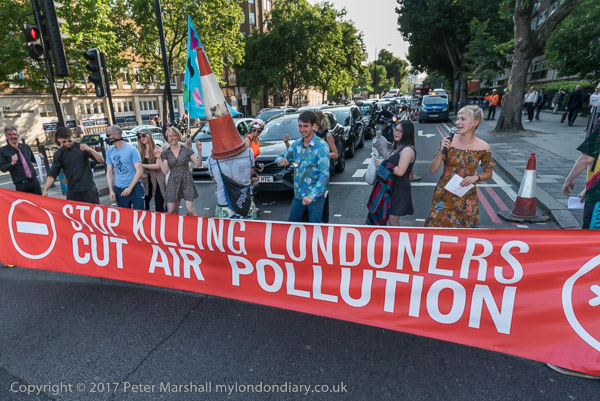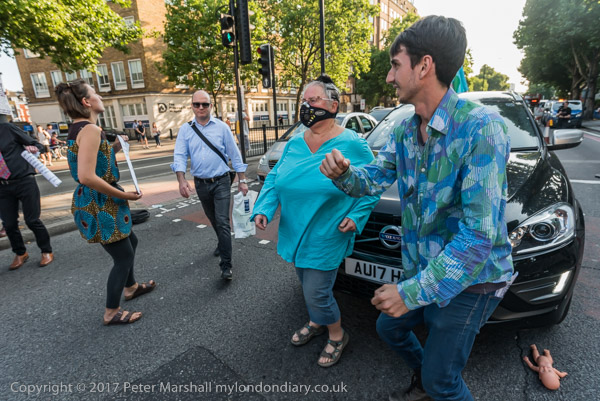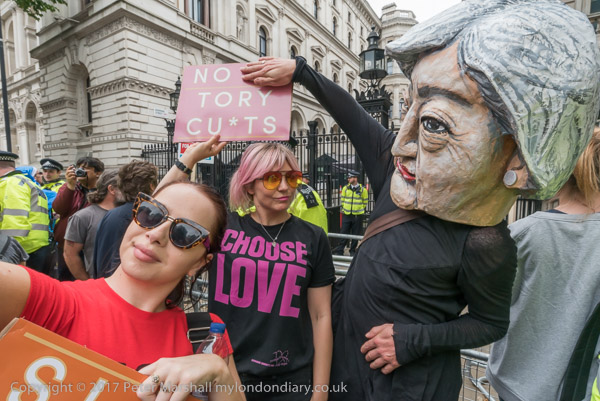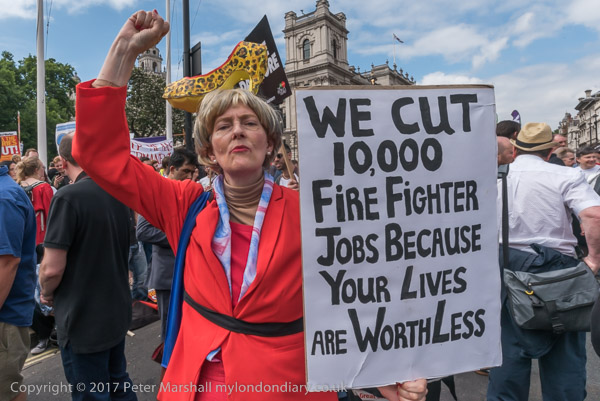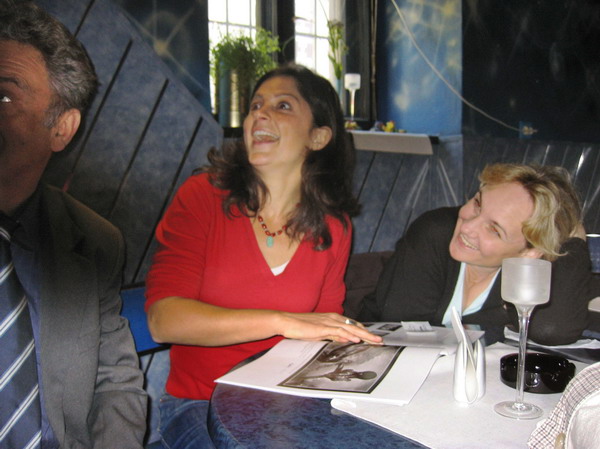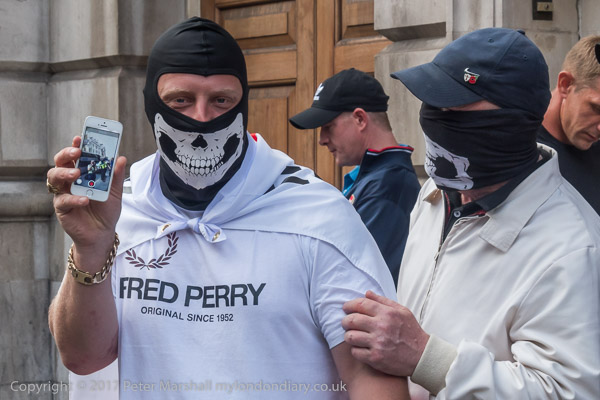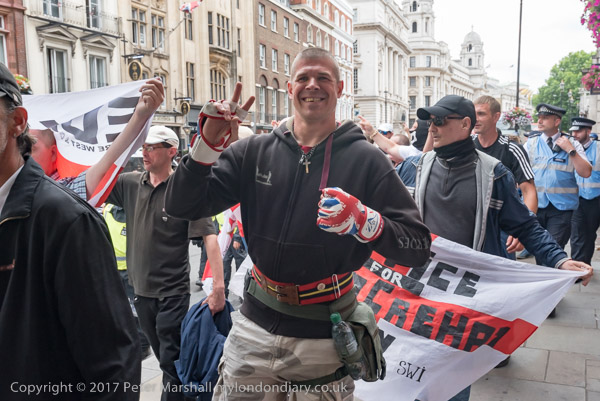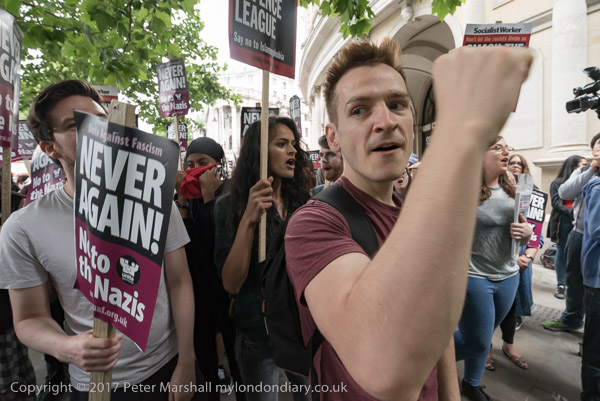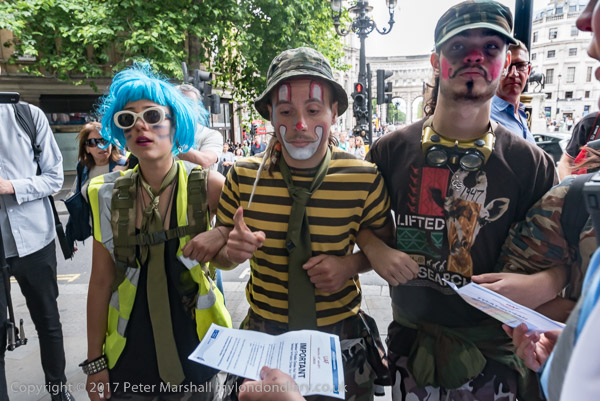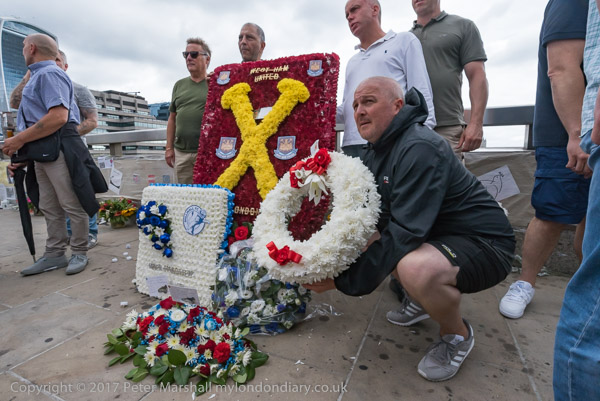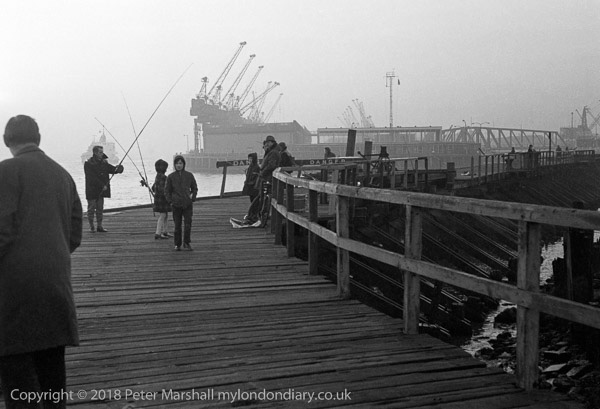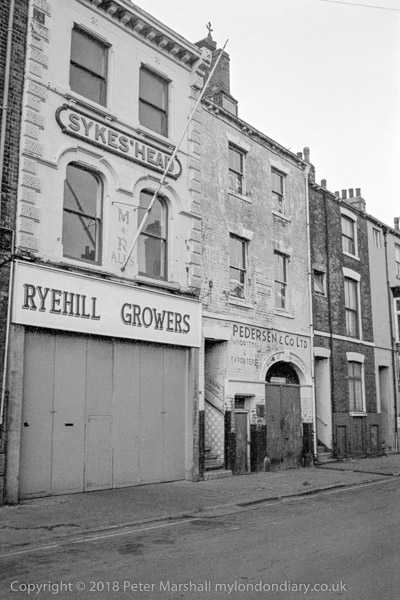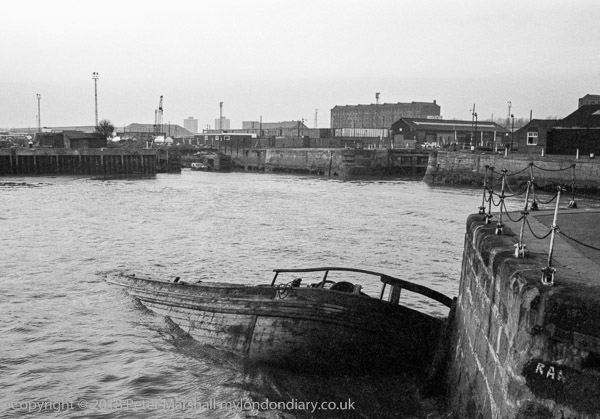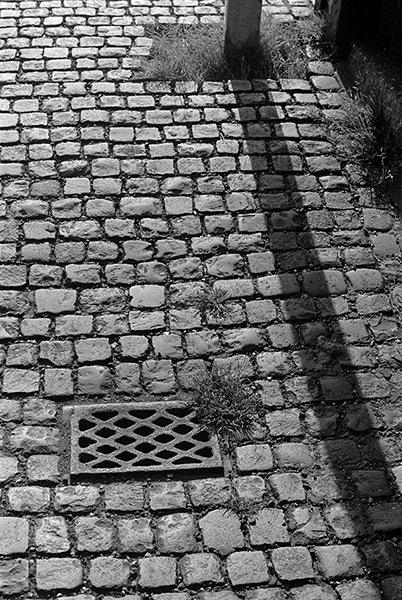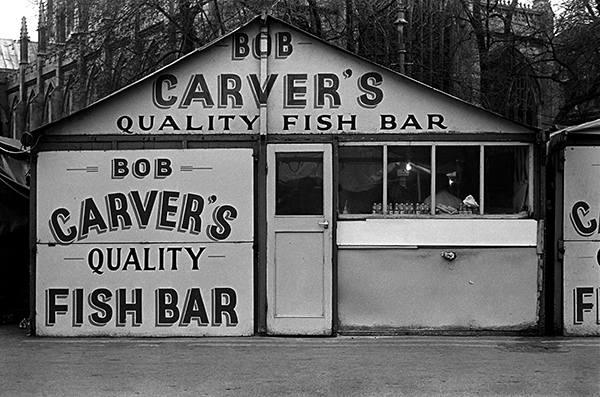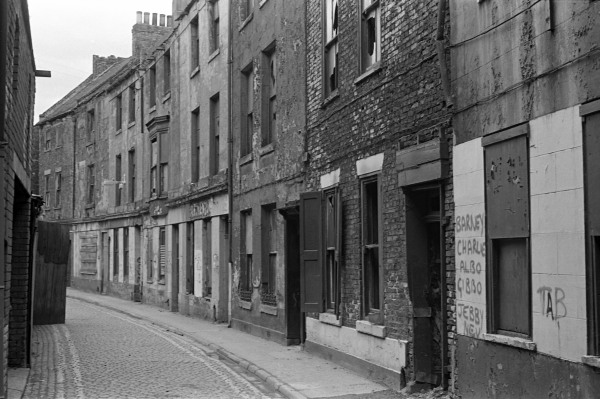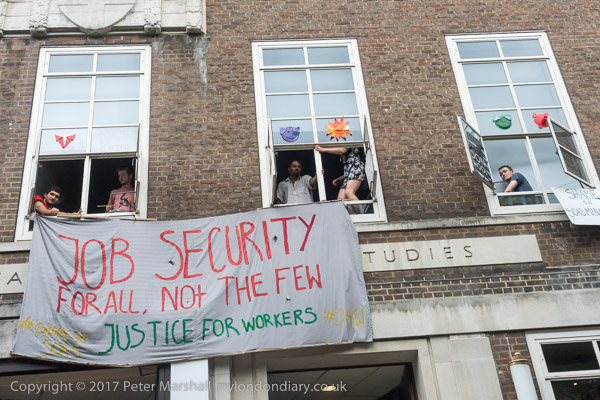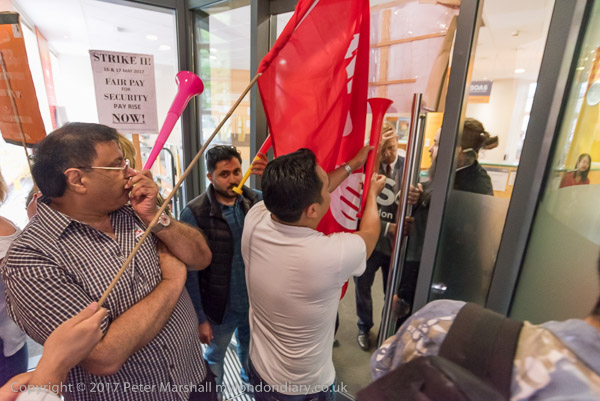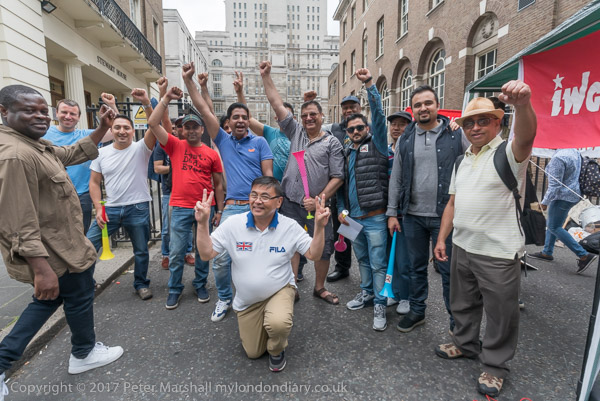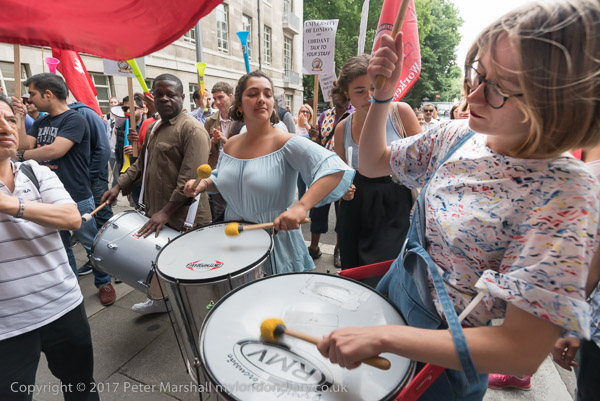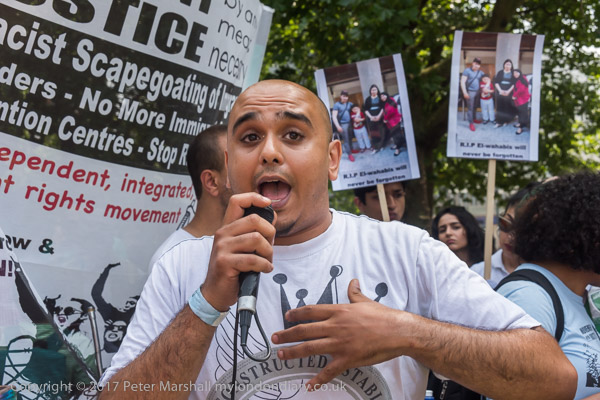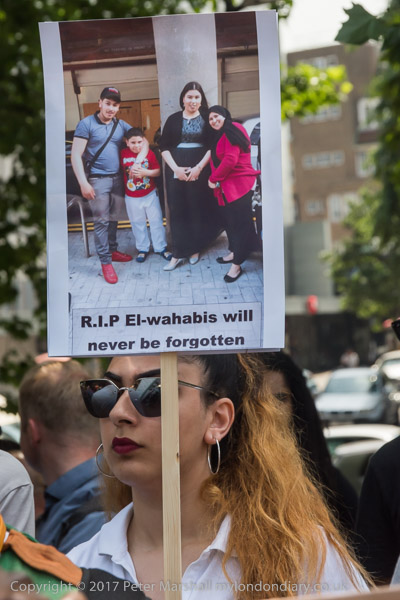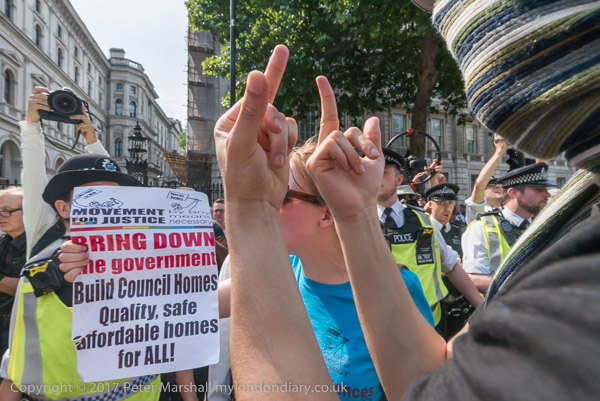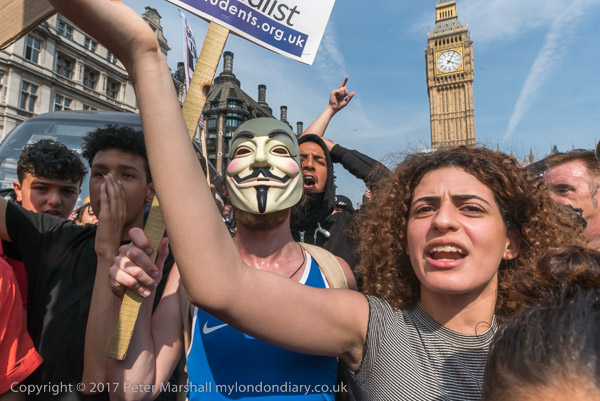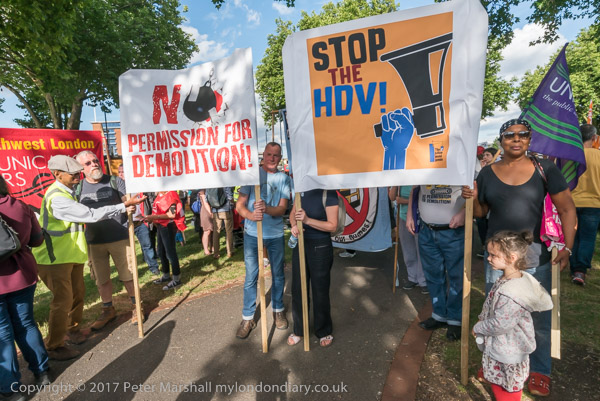
Housing has been an issue very high on my agenda for some time, though I’m fortunate enough to own my own house, I can still remember the days when things were different, and the sometimes frantic search for somewhere to live when I was a student. I spent my first year in a hall of residence, but then moved out into flatland along with two of my former schoolfellows. The first place we found was just one very large room on the first floor of a Victorian house that had been marginally converted, and we spent a term there. I think I was the lucky one who got the single bed while the two others shared a double.
The place had a large open staircase up its three storeys and we were sometimes disturbed by noisy footsteps going up and down it and pretty well all hours of the night. We soon found out that the fairly demurely dressed young woman in another room on our floor made her living from the many men who paid her relatively short visits from early evening to late at night, and that the older and brassier woman from the ground floor who came every Friday to collect the rent shared a similar occupation. And there were a few rather embarassing moments when I was the only flat-dweller in when she came to collect and seemed to want rather more.
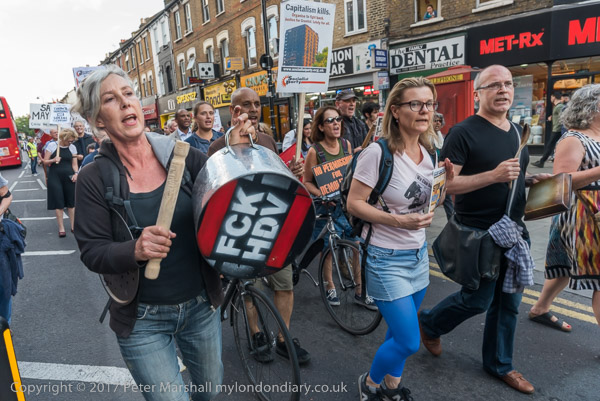
We began to look for better accommodation, searching through the Manchester Evening News and phoning any likely looking adverts or rushing to them where there was no phone number. We found a very nice place in a quiet part of North Manchester, just what we wanted and a reasonable rent, but having shown us around the woman asked said to us “But you’re not Jewish are you – I’ll have to ask my husband” and promised to let us know. We weren’t Jewish and we never heard. Finally we did find another flat, rather more poky, on the first floor of a house on the edge of Moss Side, and spent the next two terms there before hearing of a rather better place some third years were leaving from in Dickenson Road which we snapped up. Unlike the earlier two this was a real student flat, with a landlady living on the ground floor who always had students (though I hope most were quieter than us) and was often pleased to make us tea and tell us some often fascinating stories about her youth when she had been a secretary to Lloyd George. I only wish I had written them down.
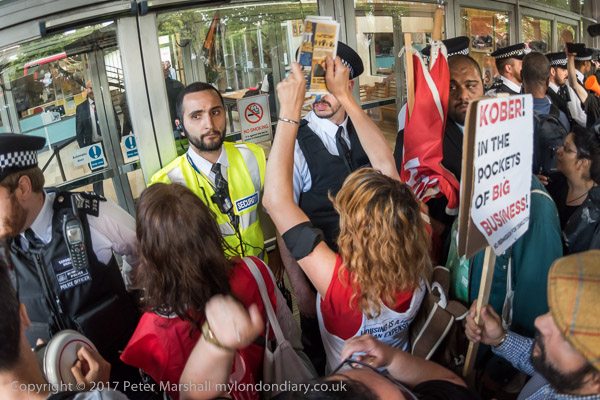
The following year, after 6 months as an industrial chemist, I returned to Manchester and was again looking for accommodation, this time on my own. The first room I found, in an Irish house in Fallowfield looked OK, but after my first night I found I was covered in red bumps where the bed bugs had found warm flesh. I bought some powder that was supposed to kill them, but I think it just made them more vigourous and multiply. I gave my notice and moved out at the end of the week to a Polish house in Rusholme that served for the rest of the year until I could get a place in university accommodation. The Poles were friendly at it turned out fine, though the glass of Polish spirit I was handed every Friday night when I went to pay the rent was near lethal.
My first two years of married life were spent on the top floor of a terraced house off Platt Lane. The rent was reasonable, but the gas and electricity meters swallowed coins at a huge rate, with great profit to our landlord. Draughty sash windows made it a truly chilly place and we plugged the gaps with plastic bags and bought a paraffin heater, the damp from which brought the wallpaper falling off the walls. And first thing when we moved in was to get rid of the several inches of congealed fat on the bottom of the cooker. But it served us well for the next two years and I was sorry to move away, especially as the next flat we found, in Leicester, was rather worse. It was there I had to break the ice to wash, and began to grow a beard because it was too cold to shave.
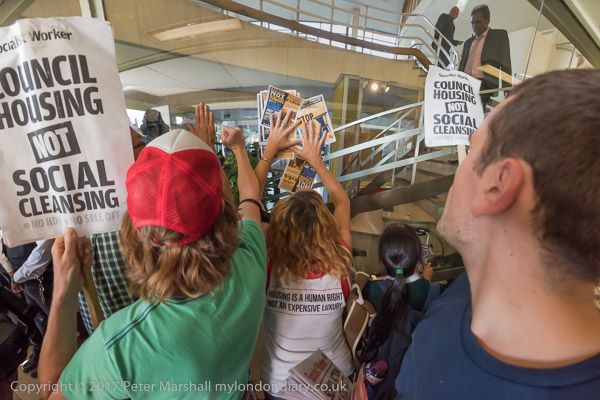
But from there I went to work in a New Town, with a two-bed flat from the housing corporation at a social rent and a really decent sized living room and the luxury of built in heating. But we wanted to move nearer to London and industrial action including strikes by teachers led to the 1974 Houghton report and a considerable rise in teachers’ pay; together with a promotion to Head of Department it meant there was a short window when I could afford to buy a house, and we took the opportunity and have lived in it since. Other colleagues who made similar purchases at that time have moved and ‘traded up’ and now have properties worth several times as much, but we like it here, so why move?
In many ways we would have preferred to live in social housing. Its a system that works and can provide quality housing at much lower cost than the private sector. But government after government of both parties have found ways to take money out of the system. The Tories are keen to destroy it and to make profits for private enterprise, and much of Labour is the same, though with a greater delusion that somehow this is in the public interest, holding to this even as they trouser the proceeds.
The Haringey Development Vehicle, or HDV, looks at those large, well planned council estates, with large amounts of green space between the buildings (which still achieved high densities) and sees it just as acreage, ripe for development with large numbers of high market price units with the odd sop of unaffordable “affordable” housing. It’s perhaps unfortunate that there are some people currently living there, homes and communities, but CPOs, minimal compensation and vague promises that will never be kept will soon deal with that. And £2 billion of public property is gifted to the developers who will doubtless find various ways to reward those benefactors generous with what they do not own.
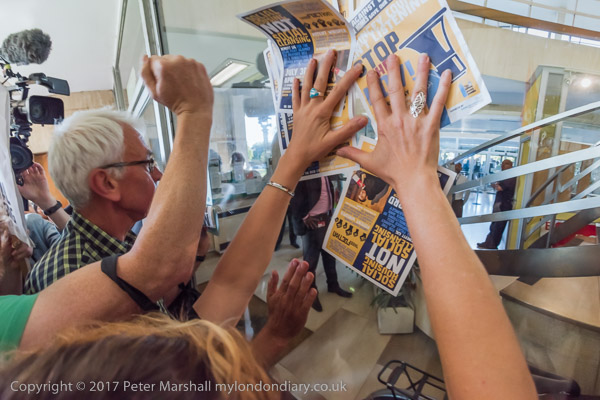
It should be criminal, but we don’t generally have laws against the kind of crimes that make the rich wealthier, which is after all how those who make the laws – and particularly the monarchy and aristocracy – got where they are.
You can read about what happened when the march reached the council offices, and you can see it in the pictures. Technically there were a few problems as the light was getting a little low, and there was a lot of crowding and movement. It was hard to get to the right place, and hard to keep the camera still while taking pictures. Once again it was a situation where the 16mm fisheye proved its worth. I had been taking pictures of people behind the barriers in front of the council offices at ISO 800 when the rush to the doors began, and had to climb over a railing to get rapidly near the doors rather than take a longer route around. Around the entrance was a dense, surging crowd, in the middle of which I needed to increase the ISO and make some lens changes.
I began photographing with the 18-35mm on the D750, changing the ISO to 3200, then decided I needed a wider view and put the 16mm fisheye onto the D810. It also has the advantage at f2.8 of being a faster lens. Unfortunately it was only after taking a few images, some of them rather blurred, that I realised I had left the ISO at 800, and needed to increase it. I soon spotted another mistake too; I’d been using the D810 with my 28-200 telephoto in DX mode (makeing it a 42-300 equivalent) and had left it in DX mode rather than switch to FX. When things really happen suddenly like this it is hard to get everything right.
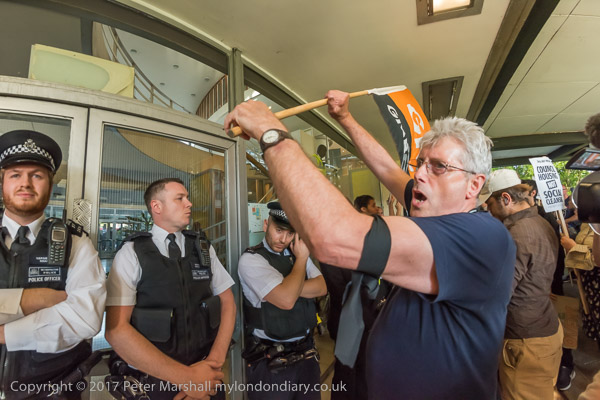
Things calmed down a little and I suddenly saw that some of the protesters were heading for the back of the building and rushed to follow them. Soon I was standing against a huge glass window there feeling it flex around half an inch or more as the protesters attacked it, and at first I stood back a few inches to avoid the movement shaking my camera before deciding there was a good chance it would shatter and I wasn’t in a good place. I rapidly moved back a couple of meters, just as the police rushed in from the front of the building and formed a line across the front to stop protesters trying to break it down. I did feel a little relieved.
Those inside the council offices were still looking very worried, but the police stood their ground but sensibly didn’t try to take much action as they were greatly outnumbered, and the situation slowly settled down, with a rally with speeches taking place on the steps at the front of the building. Inside the council meeting continued, though they would have been very aware of the strength of feeling being demonstrated outside. Not all of the councillors had managed to get into the meeting, and there were a few protesters inside who were unable to leave, but it seemed clear that there would be little else for me to photograph and I left for home.
Council meetings now are largely a matter of rubber-stamping the decisions already taken by a very small group of cabinet members, with little real attempt at discussion, and I’m told that this was the case, with the plans passing through to the next stage. There will of course be further protests, as well as attempts to challenge the decision in the courts, and it seems likely that a number of councillors backing the HDV will lose their seats in the May elections, though this may be too late to stop the plans.
Haringey Residents protest housing sell-off
Continue reading Siege of Haringey
